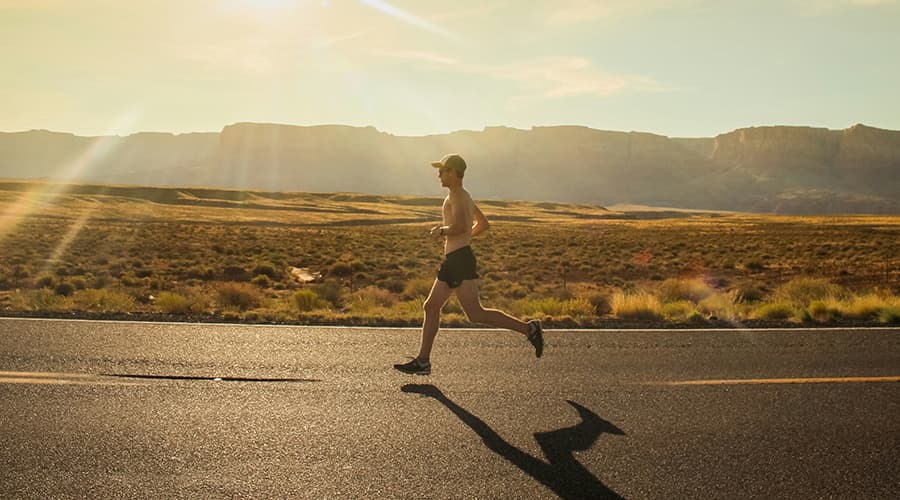
Let’s take a moment to explore the benefits of heat training, especially when you’re gearing up for a triathlon in warmer conditions. Delving into heat preparation, you’re not just focusing on physical endurance, but nurturing mental resilience as well. When race day arrives, you can ensure you’re fully equipped to conquer the challenge ahead. Heat preparation helps reduce the likelihood of obstacles and empowers you to tackle the course with greater confidence and determination.
Whether you’re a seasoned triathlete or beginning to dip your toes into the multisport world, preparation for body heating or adjusting to competition field temperatures is essential. In this article, you’ll find ways to enhance your triathlon experience and optimise your performance.
What is Heat Training?
Formally known as heat acclimatisation or heat adaptation, heat training is a method used in sports to help athletes perform better in warm and muggy conditions. The process involves exposing athletes to higher temperatures, which may range from days to weeks. This helps stimulate physiological adaptations that improve athletes’ heat tolerance and performance.
Here are four ways to prepare for optimising heat training:
Gradual Acclimatization
Start by exposing yourself to shorter durations of heat and then progressively increase both the duration and intensity of your heat training sessions. This gradual method enables your body to adapt more efficiently to the heat without being overwhelmed.
Stay Hydrated
Staying hydrated is essential during workouts in hot weather. Hydrate yourself adequately before, during, and after your sessions to replace the fluids lost through sweating. Electrolyte beverages can also be beneficial for maintaining the body’s electrolyte balance.
Appropriate Clothing
Wear lightweight, breathable clothing that allows sweat to evaporate and heat to escape from your body, especially in hot weather. Avoid dark colors that absorb heat and opt for light-coloured clothing that reflects sunlight to stay cool and comfortable.
Listen to Your Body
Pay close attention to how your body responds to heat training. If you start feeling symptoms like dizziness, nausea, or extreme tiredness, it’s crucial to stop immediately, find shade, and hydrate. Pushing through these warning signs can lead to serious health risks.

